Do you have a question about the Carrier HRVCCSVU and is the answer not in the manual?
General safety precautions and warnings for installation.
Overview of the Heat Recovery Ventilator (HRV) function.
Guidance on selecting an appropriate installation space for the HRV.
Identifies components of the HRVCCLHA model.
Identifies components of the HRVCCSVU model.
Identifies components of the HRVCCLVU model.
Illustrations of HRV airflow during different operational modes.
Covers critical hazards and precautions for safe installation.
Guidance on physical mounting and optimal space selection for the unit.
Diagrams illustrating chain spring installation and airflow.
Instructions for integrating the HRV with a forced-air HVAC system.
Precautions and methods for connecting HRV ducts, including insulation needs.
Step-by-step instructions for properly connecting the condensate drain.
Important considerations for locating and installing exterior air intake/exhaust hoods.
How to operate the various types of HRV wall controls.
Explains jumper configuration on the control board.
Details the HRV's defrost cycle logic and operation.
Instructions for operating the HRV using the Infinity System Control.
Description of operational modes specific to cooling conditions.
Detailed instructions and diagrams for wiring the HRV wall control.
Guidance on installing and using optional 20-minute and 60-minute timers.
Explains why balancing airflow is crucial for system performance.
Information on balancing dampers for optimal HRV operation.
Instructions on using flow collars for accurate airflow measurement.
Two methods for calculating a home's ventilation requirements.
Detailed wiring diagram for specific HRVCCLHA models.
Detailed wiring diagrams for specific HRVCCSVU/CCLVU models.
Illustrations and logic for recirculation and defrost airflow modes.
Covers general unit care, safety precautions, door, and filter maintenance.
Instructions for cleaning unit components like blower motor and core.
Section dedicated to diagnosing and resolving common unit issues.
Safety warnings for electrical shock and cut hazards during troubleshooting.
A chart listing common problems and their potential causes and solutions.
Table showing thermistor resistance values at different temperatures.
Procedures for override testing and adjusting blower speed settings.
Explanation of defrost cycle control based on temperature.
Table detailing defrost cycle frequency and duration based on temperature.
Information on control module jumper settings for proper configuration.
Describes safety features and how wall controls signal unit errors.
Table detailing system wiring colors and connections for controls.
Specific troubleshooting scenarios for wall control and HRV response.
Step-by-step instructions for resetting the HRV unit.
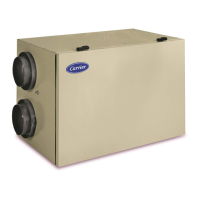


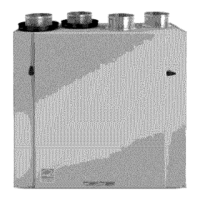
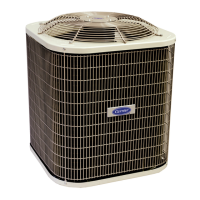
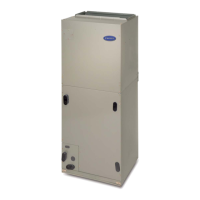
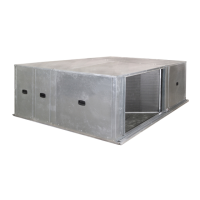
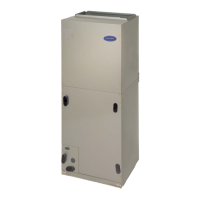
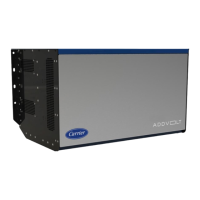

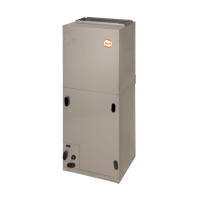
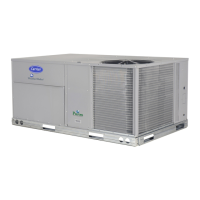
